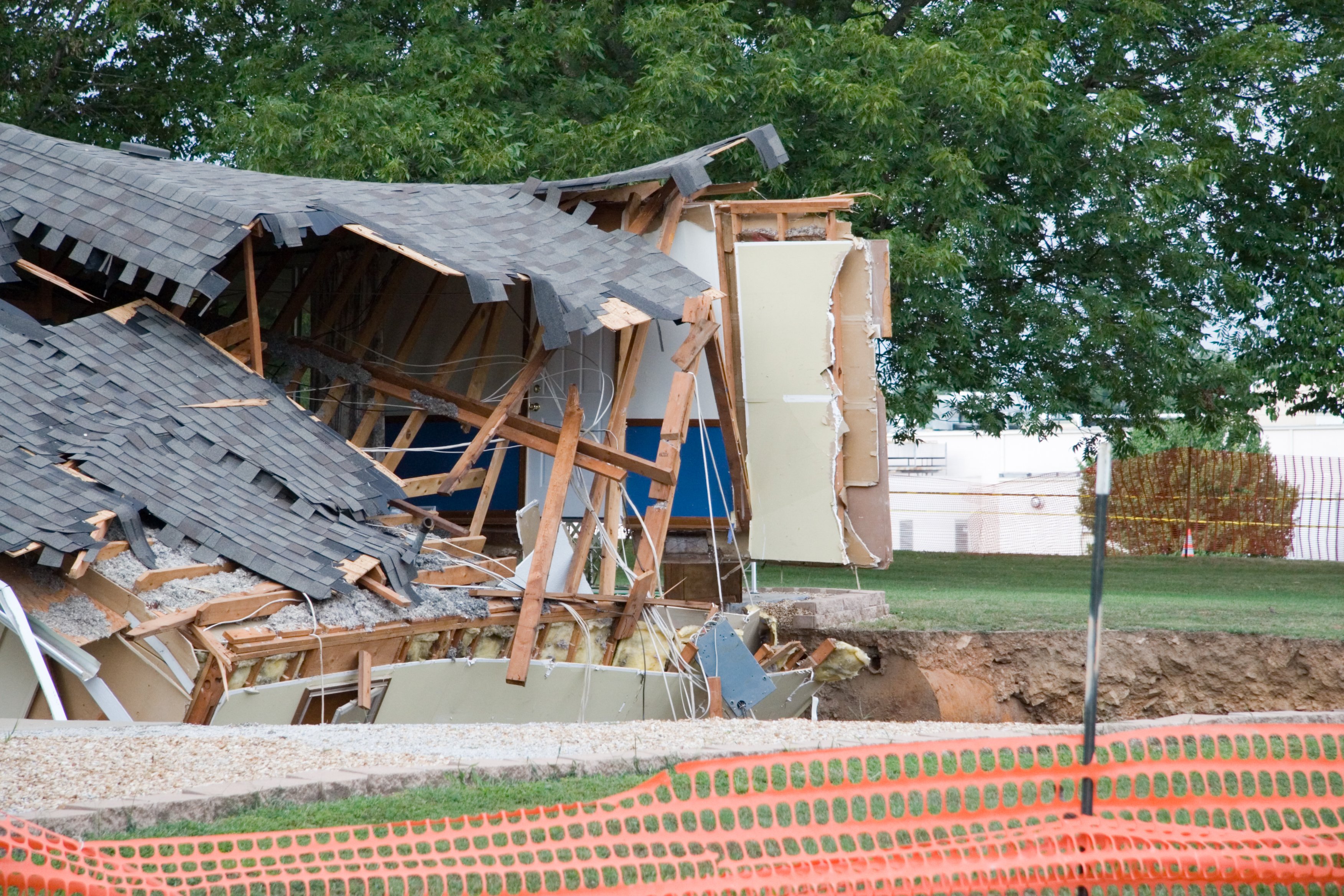You’ve likely seen a movie in which an earthquake devastates a city, sending residents scrambling for safety.
While Hollywood often dramatizes these events, real-life earthquakes are just as serious—causing an average of $14.7 billion in damage annually across the United States, with an average of 176 earthquakes occurring each year.
But when it comes to insurance, there’s a crucial distinction between coverage for earthquakes and broader types of earth movement. Phil Zwick, manager of product development at HAI Group, breaks down these phenomena, how they differ, and what steps you can take to ensure proper coverage for your risks.
What defines an earthquake?
The World Health Organization defines an earthquake as “a violent and abrupt shaking of the ground, caused by movement between tectonic plates along a fault line in the earth’s crust.” These events can trigger devastating effects, including ground shaking, soil liquefaction, landslides, tsunamis, and fires. Between 1998 and 2017, earthquakes caused nearly 750,000 deaths worldwide, according to the WHO.
In the U.S., earthquakes have occurred in 39 states since 1900, according to the Insurance Information Institute. As awareness of seismic risks grows, earthquake insurance premiums have risen significantly: from $3.49 million in 2019 to $5.8 million in 2023, per the Big I’s 2024 Market Share Report.
What defines earth movement?
"Earth movement" is an insurance term that encompasses various types of ground displacement events, both natural and manmade, including earthquakes. According to Zwick, earth movement refers to the shifting, displacement, or deformation of the Earth’s surface or subsurface. While earthquakes are one potential cause, they’re far from the only one. Earth movement can be natural or manmade and includes a range of specific perils:
- Landslides: Soil, rock, and debris falling downhill, typically triggered by heavy rain or earthquakes.
- Sinkhole Collapse: The collapse of ground due to dissolution of underlying rock or other voids under the earth’s surface. Unlike other forms of earth movement, sinkhole collapse is a named peril and typically covered under standard insurance policies.
- Mudflows: Fast-flowing mud rivers caused by heavy rain and loose soil.
- Mine Subsidence: Sinking or settling of the ground due to erosion or compaction of soil. Some states recognize mines that were not properly mapped or tracked. Building damage due to earth shifting from mine subsidence may be available for an additional premium from your insurance provider.
HAI Group helps place mine subsidence coverage for multifamily housing agencies where such coverage is required.
“When we provide mine subsidence coverage, we act as a passthrough mechanism,” Zwick explained. “Everything, including the terms, conditions, and forms, is state-specific. The states determine the pricing, and we facilitate the coverage.”
- Mining Activity: Ground shifting caused by mining operations.
- Construction Work: Blasting, fracking, or other activities including digging, drilling, or heavy machinery.
- Reservoir-Induced Seismicity: Earth movement due to large man-made reservoirs.
- Manmade Causes: May include carbon sequestration or fracking.
Am I covered?
Similar to flood insurance, earthquake insurance isn’t included in most standard property policies and must be added through an endorsement. It typically covers direct damage from seismic events and aftershocks, but not subsequent earth movement like landslides or sinkholes. Depending on the policy, some immediate earthquake-related causes, such as fires or volcanic explosions, may be covered.
“Earthquake insurance provides coverage specifically for losses incurred as a result of the earthquake,” Zwick explained. “The other causes of loss that ultimately fold up into earth movement, like a landslide triggered by an earthquake, are not covered as part of most standard policies.”
Earth movement insurance is also typically excluded from standard coverage but may be offered as a specialized endorsement or standalone policy. Coverage terms vary. Some policies may protect against natural earth movement (like landslides), while others exclude manmade causes entirely. Working closely with your insurance provider is essential to fully understanding your options.
Bottom line
Earthquake and earth movement insurance cover different risks and are generally not included in standard property insurance policies. Earthquake coverage addresses direct seismic damage, while earth movement insurance may protect against broader perils such as landslides, sinkholes, or mine subsidence—if specifically added.
Review your current coverage, assess your property’s location-based risks, and speak with your insurance provider to explore appropriate endorsements or riders.
HAI Group policyholders: Speak directly with your account services representative to determine what your current policy covers, and if you should consider an endorsement or rider.
Looking for insurance coverage for your multifamily housing property? Contact our Business Development team to work on a tailored product that meets your unique needs.
This article is for general information only. HAI Group® makes no representation or warranty about the accuracy or applicability of this information for any particular use or circumstance. Your use of this information is at your own discretion and risk. HAI Group® and any author or contributor identified herein assume no responsibility for your use of this information. You should consult with your attorney or subject matter advisor before adopting any risk management strategy or policy.
HAI Group® is a marketing name used to refer to insurers, a producer, and related service providers affiliated through a common mission, management, and governance. Property-casualty insurance and related services are written or provided by Housing Authority Property Insurance, A Mutual Company; Housing Enterprise Insurance Company, Inc.; Housing Specialty Insurance Company, Inc.; Housing Investment Group, Inc.; and Housing Insurance Services (DBA Housing Insurance Agency Services in NY and MI).





.png)

